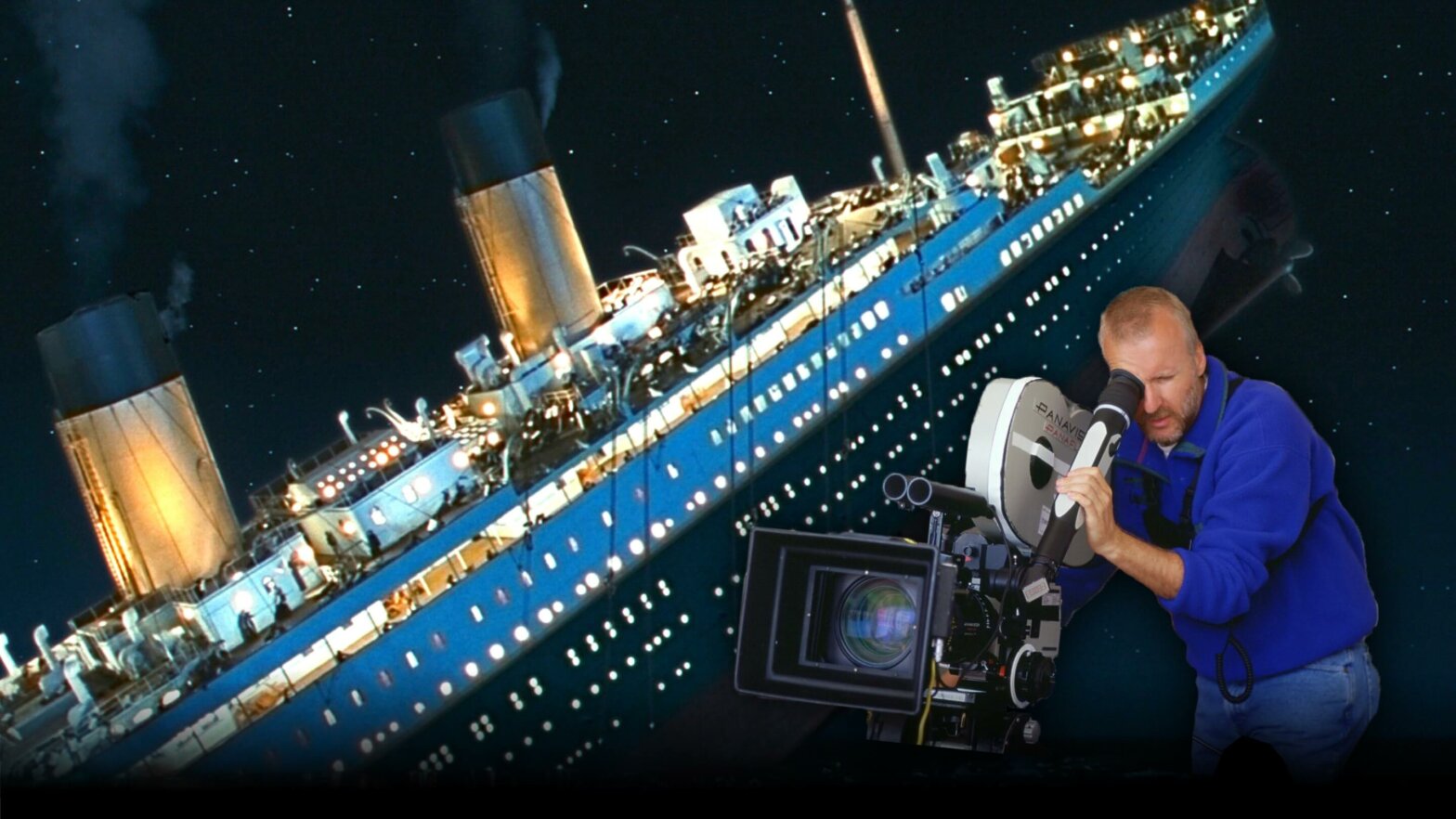It is easy to look back at the release of James Cameron’s Titanic and see that all things led to it being a record-breaking cultural phenomenon. The film’s massive budget, insane on-set stories, and unprecedented scale gained mainstream buzz before the film was even released. The result was a film that impacted culture and cinema for decades to come. How was this massive project executed and what hurdles did Cameron face in creating it? Where was Titanic filmed and how? Let’s take a look at the making of Titanic.
Where Was Titanic Filmed
Finding the locations
Although most of the film occurs within the actual ship, creating Titanic required specific locations to film different aspects and perspectives of the ship. Where was Titanic filmed in the world?
The film was primarily shot in several locations: the Atlantic Ocean, Baja California Norte, Mexico, and Los Angeles, California. A few scenes were also shot in secondary locations such as Vancouver and Halifax, Nova Scotia.
Let’s look at the primary shooting locations and what each one was used for in the Titanic filming process.
The Atlantic Ocean
James Cameron and a crew did a diving expedition down to the real RMS Titanic wreck before the script was even written or the making of Titanic began. It was there that Cameron was overcome with the emotion and sense of loss that he would strive to recreate in the film.
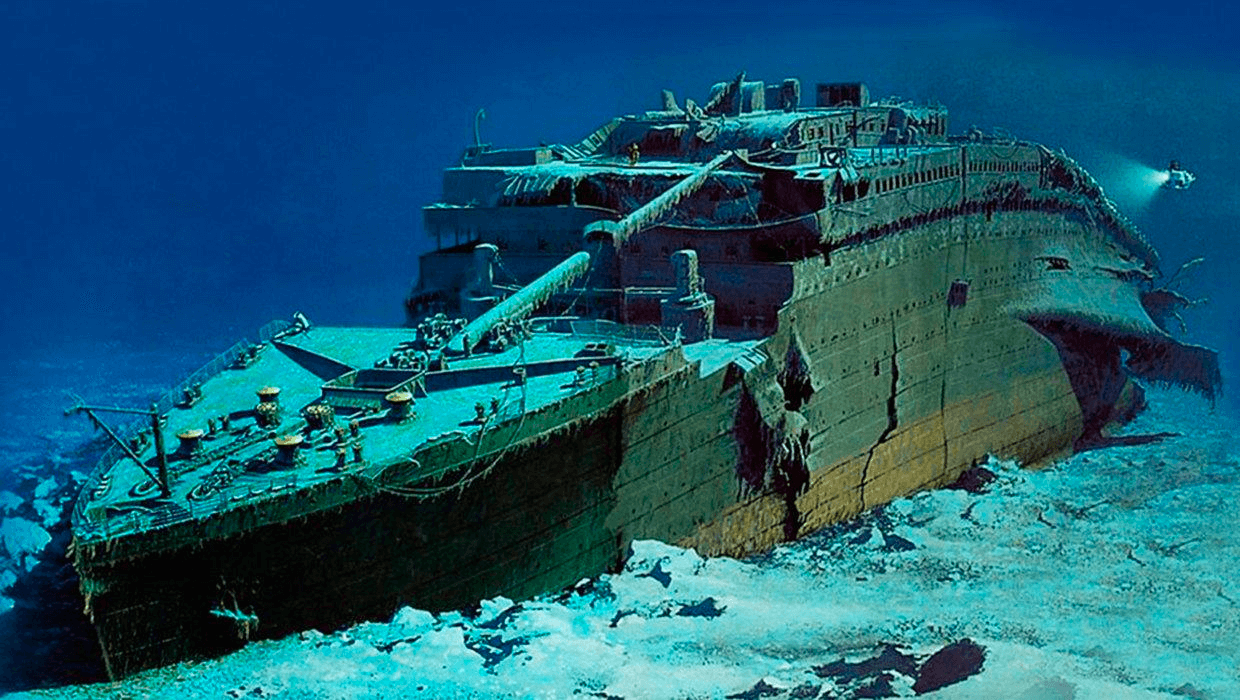
Where was Titanic filmed • The Wreckage
During this expedition, Cameron and the crew shot the sequences of the divers finding a sketch from the remains of the Titanic. These shots were used earlier in the film.
Baja California Norte, Mexico
A majority of the film was shot in Baja California Norte, Mexico. This is where the massive Titanic movie set was built specifically for the movie. The facility is now known as Baja Studios (formerly Fox Baja Studios) was used to create a nearly life-size replica of the RMS Titanic. The ship replica was built within an enormous water tank that itself cost $40 million.
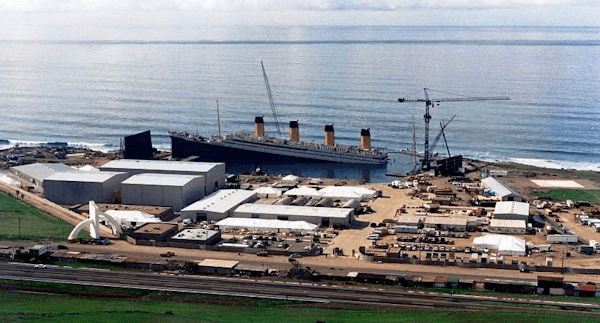
Where was Titanic filmed • Titanic movie set
This Titanic movie set was used to film the majority of the interior and exterior portions of the film. It was apparently so large that a zoning system had to be implemented to prevent crew from getting lost within the set.
Los Angeles, CA
A good portion of the film was also filmed throughout Los Angeles County. Most notably, the Belmont Olympic Pool was used for many of the water scenes toward the end of the movie. The aftermath of the sinking of the ship was also partially shot at S.S. Lane Victory.
The Making of Titanic
Obsessive attention to detail
James Cameron is quite reputable for various qualities as a filmmaker. Perhaps most notably is his relentless attention to detail and his desire to go above and beyond when it comes to accuracy.
This is especially true for the making of Titanic as a historical period piece. This meant paying attention to the tiniest details of everything beyond the primary focus of the film. In particular, the setting and production design.
For example, small scale props such as silverware, ashtrays, and teacups were stamped with the White Star Line emblem to be historically accurate.
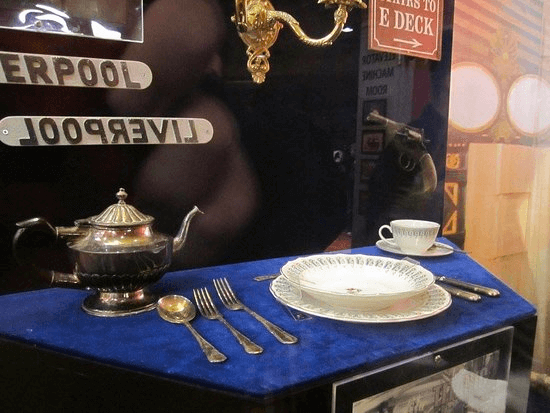
Titanic movie making • Props
The carpeting, wall paper, the furniture and even the davits used to lower the lifeboats were all created with painstaking detail under the direction of Cameron. These may seem like minor details that an audience may not even be able to spot, but James Cameron could and that’s what was important — creating the most historically accurate set possible.
Furthermore, Cameron went as far as to give all of the film’s extras a background story and name. Yes, all 150 extras met with Cameron as he explained to them who their characters were, their relationships, and their back stories.
This attention to detail made every aspect incredibly accurate and filled with genuine life.
Related Posts
Was Titanic Filmed in a Pool
How they sunk the ship
Some of the most notable scenes of during the making of Titanic were a result of incredible special and practical effects. Specifically, the sinking of the ship is still one of the most impressive aspects of the filming of Titanic.
The life-size replica of the ship was split into various sections. This allowed for different sections to be used for different tilt angles depending on the progress of the ship's sinking.
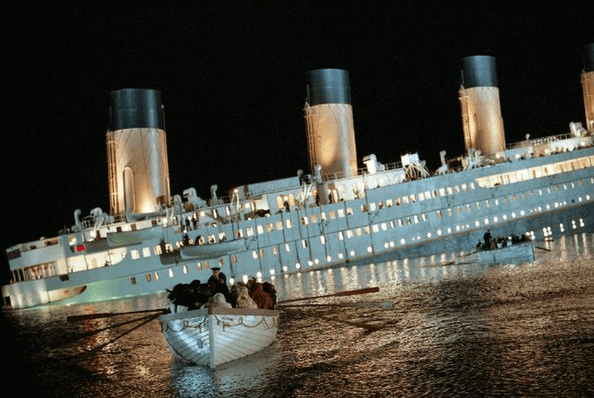
The Making of Titanic
The rear portion of the ship could rotate a full 90 degrees. They used this to capture the final moments of the sinking ship. The front of the ship could dip further into the water to capture the initial sinking.
The practical effect of angling the set did the major lifting of selling the illusion of a sinking ship. But there were other tools also used to drive it home. One was the dutch angle of the camera that made the tilt of the ship more severe.
The water line of the final shots were also composited to give an additional tilt to the sinking ship.
Certain shots involved pieces of the ship that would break off or fall into the water. For these moments, miniatures were used to sell the sinking ship.
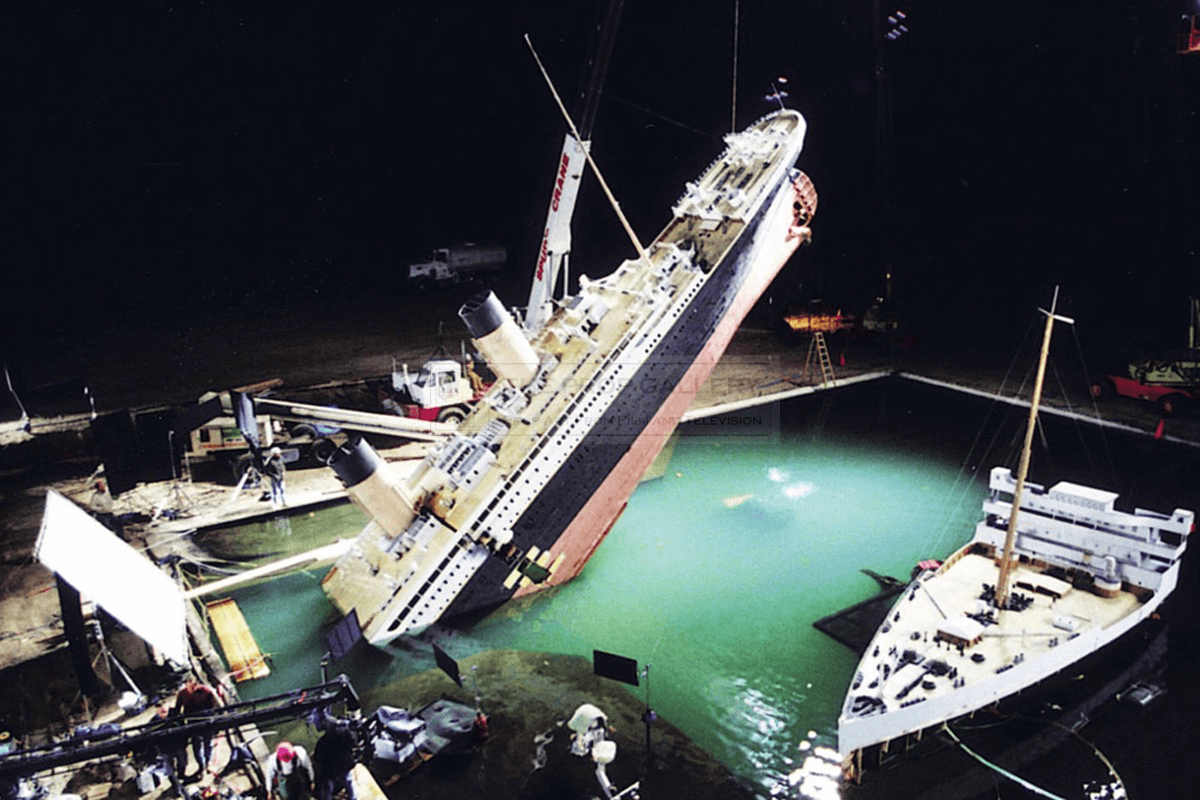
How the Titanic was filmed
Cameron’s ability to understand how to execute different shots of the sinking ship led to the use of various techniques. From different types of camera angles, to miniatures, to practical effects, the sinking of the ship in the making of Titanic was no easy feat. But it was something that pushed the envelope of what was possible to capture in cinema.
Up Next
James Cameron Movies: Ranked
James Cameron is responsible for making some of the largest scale films in cinema history. Interested to see where Titanic ranks among the rest of his movies? Check out our next article where we rank Cameron’s best films with the filmmaker in mind.
Up Next: Best Cameron Movies →
Showcase your vision with elegant shot lists and storyboards.
Create robust and customizable shot lists. Upload images to make storyboards and slideshows.
